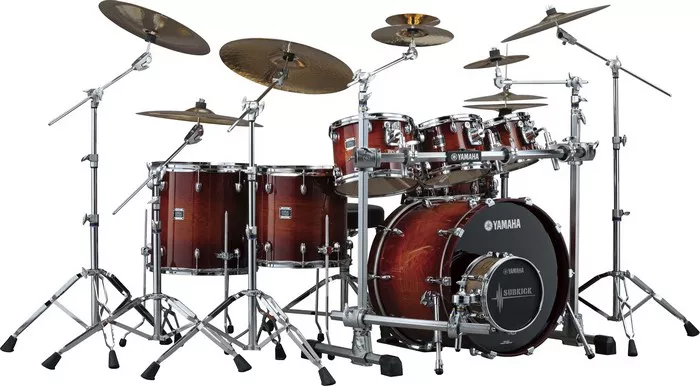Tuning drums is a fundamental aspect of achieving a great sound in any musical performance. Whether you’re a seasoned drummer or just starting out, the importance of properly tuned drums cannot be overstated. A well-tuned drum kit not only enhances the overall quality of the music but also ensures that each drum produces the desired pitch and tone, contributing to the coherence and balance of the rhythm section.
While drum tuners are valuable tools for achieving precise tuning, not every drummer has access to them or may prefer to tune their drums by ear. Fortunately, it is entirely possible to tune drums effectively without the aid of a tuner. In this article, we will explore alternative methods for tuning drums, providing step-by-step instructions and troubleshooting tips to help you achieve optimal sound quality.
Basic Concepts of Drum Tuning
At the heart of drum tuning lies the concept of lug tension. Lugs are the hardware attached to the drum shell that hold the drum head in place. By tightening or loosening the tension rods connected to the lugs, you can adjust the tension of the drum head, thereby altering its pitch. Each drum—whether it’s a snare, tom, or kick—has its own tuning requirements based on its size, material, and intended use.
When tuning drums, it’s essential to ensure that the tension across the drum head is even. Imbalanced tension can lead to unwanted overtones, diminished resonance, and even damage to the drum shell. Understanding the relationship between lug tension and drum pitch is key to achieving the desired sound.
Alternative Methods for Tuning Drums Without a Tuner
1. Ear Tuning
Ear tuning is a time-honored method used by drummers to achieve accurate tuning without relying on external tools. To tune drums by ear, you’ll need to listen carefully for pitch changes as you adjust the tension rods. Start by tapping the drum head near the center and near the rim to assess the pitch. Use your ears to detect any discrepancies in pitch and make adjustments accordingly.
2. Relative Tuning
Another effective method for tuning drums is relative tuning, which involves comparing the pitch of adjacent tension rods. By loosening or tightening rods diagonally across from each other, you can achieve balanced tension across the drum head. Be sure to maintain even tension to prevent rim bending and ensure consistent sound quality.
3. Dampening Techniques
In addition to adjusting tension rods, dampening (or muffling) can be used to control the resonance of the drum and achieve a purer tone. Dampening materials such as foam or gel pads can be placed on the drum head to reduce overtones and unwanted pitches, resulting in a more focused sound.
Step-by-Step Drum Tuning Process
1. Tuning the Snare Drum
Loosen tension rods evenly using a diagonal pattern to release the tension on the drum head.
Remove the old drum head and clean the drum shell thoroughly to ensure optimal resonance.
Seat the new drum head onto the drum shell, ensuring that it is centered and aligned properly.
Begin tightening the tension rods gradually, working in a star pattern to maintain even tension across the drum head.
Tap the drum head near the center and near the rim to assess the pitch, making adjustments as needed to achieve the desired tone.
2. Tuning the Toms and Kick Drum
Follow the same process as for the snare drum, adjusting the tension rods to achieve the desired pitch for each drum. Keep in mind any differences in size, material, or tuning requirements specific to toms and kick drums.
Troubleshooting Tips
Common issues that may arise during the tuning process include buzzes caused by loose lugs or uneven tension across the drum head. To address these issues:
- Check each tension rod to ensure it is tightened evenly, making adjustments as needed to achieve balanced tension.
- Clean and lubricate tension rods and drum lugs regularly to prevent sticking or seizing, which can affect tuning stability.
- If buzzing persists, inspect the drum head for any signs of damage or wear and replace if necessary.
Practice and Experimentation
As with any musical skill, tuning drums effectively requires practice and experimentation. Don’t be afraid to try different tuning techniques and explore various combinations of tension to find what works best for your drum kit and musical style. Remember that tuning is subjective, and what sounds good to one drummer may not necessarily sound good to another. Trust your ears and take the time to fine-tune your drums to achieve the perfect sound for your performance.
Conclusion
In conclusion, while drum tuners can be valuable tools for achieving precise tuning, they are not essential for achieving great sound quality. By mastering alternative tuning methods such as ear tuning, relative tuning, and dampening techniques, you can effectively tune your drums without the need for external tools. With patience, practice, and experimentation, you can unlock the full potential of your drum kit and elevate your musical performance to new heights.


